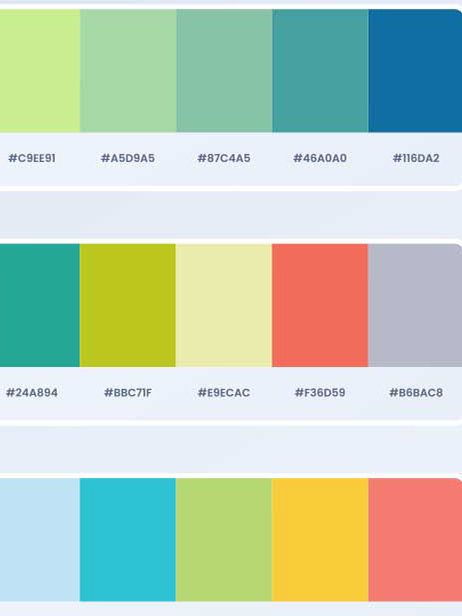Your Logo Isn’t Your Brand (But It’s a Great Place to Start)
Unpack the difference between a logo and a full brand identity—and why both matter more than you think.
Let’s clear something up: your logo is not your brand. It’s not your business. It’s not your personality. And it’s definitely not the reason someone will fall in love with your company (though it might be the reason they remember you).
But don’t worry—this isn’t a takedown of logos. In fact, I love logos. I design them. I obsess over kerning. I’ve spent more time than I’d like to admit debating the emotional weight of a circle versus a square. But here’s the truth: a logo is just the tip of the branding iceberg.
So… What Is a Brand, Then?
Your brand is the full experience someone has with your business. It’s how you sound, how you look, how you make people feel. It’s your tone of voice, your color palette, your messaging, your values, your vibe. It’s the reason someone chooses you over the other guy with the slightly shinier website.
Think of your logo as your handshake. It’s the first impression. But your brand? That’s the conversation that follows—and the feeling someone walks away with.
Why the Difference Matters
Here’s why this distinction is important:
If you only invest in a logo, you’re building a house with just a front door. Sure, it might be a beautiful door. But what’s behind it? A strong brand identity gives your business structure, consistency, and clarity. It helps you show up the same way across every touchpoint—from your website to your social media to your packaging.
If you only invest in a logo, you’re building a house with just a front door. Sure, it might be a beautiful door. But what’s behind it? A strong brand identity gives your business structure, consistency, and clarity. It helps you show up the same way across every touchpoint—from your website to your social media to your packaging.
What Makes Up a Full Brand Identity?
Glad you asked. A full brand identity typically includes:
• Logo Suite (primary, secondary, icon versions)
• Color Palette (with purpose, not just “I like blue”)
• Typography (fonts that speak your brand’s language)
• Visual Style (photography, illustration, layout rules)
• Voice & Tone (how you sound in writing)
• Brand Guidelines (your brand’s rulebook)
• Color Palette (with purpose, not just “I like blue”)
• Typography (fonts that speak your brand’s language)
• Visual Style (photography, illustration, layout rules)
• Voice & Tone (how you sound in writing)
• Brand Guidelines (your brand’s rulebook)
The Bottom Line
A logo opens the door. A brand invites people in, makes them feel at home, and keeps them coming back. So yes—start with a great logo. But don’t stop there. Build the full experience. Because in a noise, a strong brand doesn’t just stand out—it sticks.








